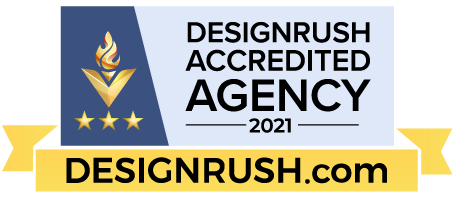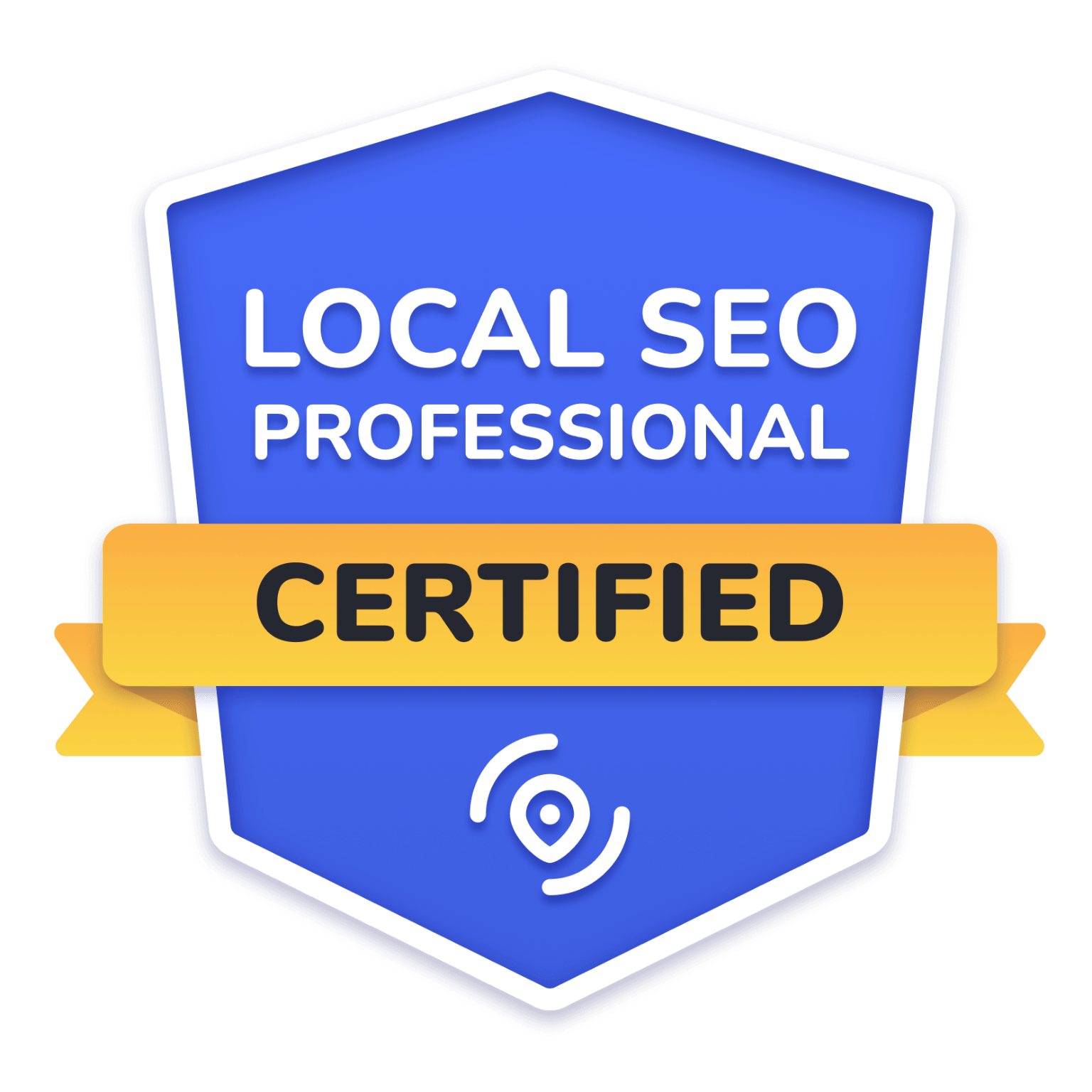I have an idea for a mobile app, what should I do next?
So you finally have that “eureka moment” and you’ve come up with the most amazing idea for a new mobile app. First of all, congrats! Now you might ask yourself what’s next?
There are a series of steps to follow to make sure you are heading in the right direction after coming up with your initial idea.
Here is a simplified version of the steps to take going forward:
1. Prequalify and estimate your market size
Ensure that you are not the only one in love with your app idea. Ask your friends, family, colleagues, and/or other business professionals what they think of the overall concept. Once you’ve gotten significant positive affirmations to feel confident in your idea, you will then need to estimate the market size for your app. Estimation gauges whether there is a sizable demand for what you would like to develop. There are two questions that you will need to answer:
● Is your app idea profitable? (aka, is it worth the time and monetary investment to proceed?)
● Is it a “nice to have” or does it solve a real problem?
This calls for some in depth research to determine your idea’s feasibility/profitability. You have to be realistic and open to the feedback you will get it as it is a critical step in any tech idea vetting process. Mobile app development is not easy and you will definitely spend a significant amount time and money regardless of your projects size. You wouldn’t want to spend all that on something that does not solve a real problem and/or brings in positive returns.
2. Write it down and decide on prototyping methods
It is now time to think through your idea by putting it on paper. Things will be clearer and you will be able to add whatever comes to mind without losing track of things that may come up. When you have everything written down it is time to find a prototyping tool. A good prototyping tool will have all of these three features:
● Easy and quick designing of mockups and wireframes.
● Allows sharing of design iterations with all parties involved.
● Free but upgradeable.
(We use Invision for our projects here at Core Mobile Apps)
Use the prototyping tool to take your written idea into the digital space so that you can then show it to whomever you wish to test it.
3. Test out your prototype
It is now time to see how your prototype performs with your selected audience. You need this to gauge users response and overall receptiveness to the app. A bare concept is ok as you simply want to get some initial constructive feedback and make iterative improvements. Another part of testing that will help you get some critical feedback is setting up a landing page for your app. This will not only be helpful in gauging the app’s popularity but you will be to tell if there is a market for it.
What should my landing page contain?
● Strong Call To Action (CTA)
● Articulate information
● A lead capture form (Name, Email at a bare minimum)
Ensure that your app is well explained and that it’s functions are clearly presented. This means including the features, pros and of course an original selling proposition. You will need a good amount of traffic to your landing page to get good test data. The more you have the better. Setting up a couple simple Google or FaceBook ad campaigns is recommended. For tracking traffic metrics, you can use Google Analytics.
Once you’ve prototyped your app, gotten some feedback, and garnered some genuine interest(email opt-ins), you will be ready to move to the next step.
4. Locate a mobile app development partner
Not everyone has the right skill set or qualifications to tackle your app project. Freelancers can be good for initial prototyping or rapid MVP type projects but this is not always the case for full on mobile app development. Development companies tend to have more experience, deeper knowledge and better qualifications than freelancers. When choosing a development company, it is always advised that you search for one that has the following:
● A portfolio displaying apps built. Ensure the interfaces are highly usable. This serves as a testament of their design skills.
● They are genuinely interested in your idea. This makes a huge difference in the overall success of a mobile app project/idea.
● They should have a solid strategy for you once the idea has been shared and can provide a roadmap on how the app will be built.
● They have reasonable prices. This is somewhat hard to determine as there is so much variance in mobile app development costs between different development firms but you should definitely have a budget in mind of what you can invest to get your app created.
If you are at this stage, we would love to hear from you!
Once your app is developed, move on to the next step.
5. Submit your app to the App Stores
This is of course dependent on the kind of response you got from the micro test(s). If your app received a favorable response then take it a step further and have it featured in the App Store(Apple and Google Play).
6. Raise awareness for your new app
You need to create a significant buzz to get eyeballs on your new app. If you build an amazing app and know one knows about it, does it provide anyone any value? Nope. This is a critical step in the success of launching a mobile app. Press releases, guest blog posts, podcast appearances, radio, tv, digital advertising are all good ways to gain a captive audience.
7. App Store optimization (ASO)
This is what you do once your app gets accepted into the respective app marketplaces. Optimization means you make it easier for people to locate your app. It’s a jungle in the stores because you are in competition with millions of other apps. Make sure to choose your keywords wisely.
8. Listening to the users
Your app is published but that’s just the start. Listen to the users and use their feedback to improve your app.
Hopefully this guideline will help you take your idea and quickly vet it’s demand. It is very important that you take each step in the process and collect feedback/suggestions throughout the entire process. Doing so will ensure that you have an idea that has wings are flies with great success once it’s launched.
Good luck!







